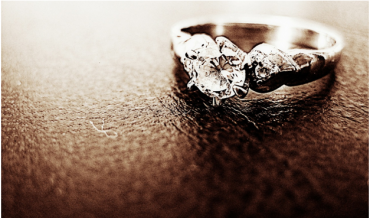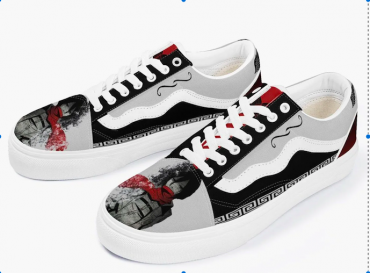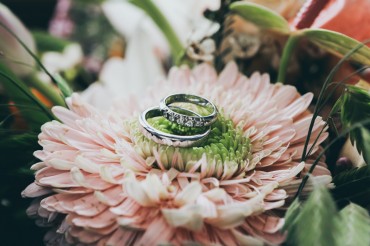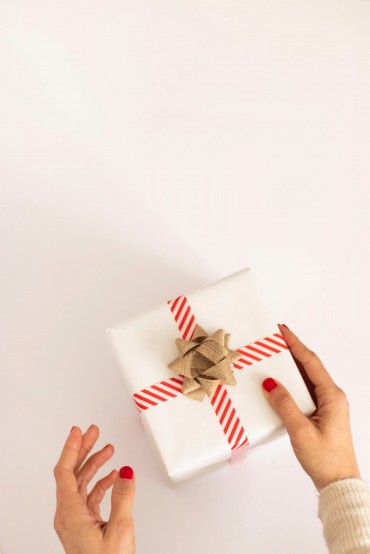Our heartfelt congratulations on your upcoming nuptials! Okay, now without grandmother lingo: big congrats on deciding to get engaged! You must be terribly excited, and terribly lost about what kind of ring to get for your significant other. No worries, we totally get it. These things can be hard, and messing up is scary. Not to worry, though. Here are the essential things you need to know about shopping for a wedding ring!
Figure Out Your Budget
Obviously, this is the first thing you have to decide, and you better be as precise about it as you possibly can. Your available budget does a lot to streamline your options, not just for the ring itself, but also for vendors and accompanying services such as replacements, resizing, mending damage, and periodic maintenance.
Getting a solid idea of the available money relatively early on allows you more time to comfortably explore various combinations of gems and designs. Strive for a balance of quality and size in your chosen rock – it is just a chunk of mineral, at the end of the day. Click here to learn about assessing the quality of gemstone jewelry.
There are some ideas in mainstream culture (thankfully, more so among the older generations) about extravagant sums of money that you “should” or “have to” spend on a ring, like that weird notion that says an engagement ring should cost you two or three monthly salaries. Never believe any of those.
A ring should cost you whatever money you feel comfortable spending on it. After all, when you officially start out in your married life, there will be much more important things that you will need to invest in. What matters here is the intention, not the item.

Figure Out The Necessary Ring Size
This can be a pretty tricky task, especially if you are aiming for a secret surprise proposal. It can be done with a bit of effort, though. If you are the roguish type, you can smuggle a ring from your significant other’s jewelry box when they are not looking, and take it to a jeweler to get it sized properly.
If you are not certain of your dimension estimate, your safest bet is to lean more to the larger sizes. Making a ring smaller is easier work and less of an expense than stretching it into a larger variant, and there would be less chance of damaging it in the process. Check out this useful post for information about ring resizing: https://www.brides.com/story/engagement-ring-resizing-tips
Another sneaky strategy is to watch for a ring that they like to wear, and then catch a chance to trace its outer and inner outline on a piece of paper as a reference.Of course, tricks like tracing outlines are not the most precise approach you can take. Even if you take an old favorite to a jeweler for sixing, it might have gotten a bit stretched and warped over time.
Decide on a Gemstone and its Shape
You probably already have some idea about a style that you might want: a traditional classic ring, a nature-inspired design, something modern, something retro… but different styles require different diamond cuts. Moreover, your future fiancé may not be a huge diamond fan.
Although nine out of ten engagement rings have transparent diamonds as the center stone, they also come in a variety of colors, so that might be preferred. The second most popular choice of gemstone is a sapphire, and contrary to common belief, it comes in a bunch of colors, not just blue. White, pink, and yellow are some of the most favored alternatives.
On the Mohs scale, which ranks the hardness of minerals on a scale of 1 to 10, diamonds rank first at a value of 10, and sapphires second with the value of 9. They are the most durable, so they can last a long time through the wear and tear of everyday activities. Most importantly, even though they are close in hardiness, sapphires are much cheaper than diamonds, so they are more budget-friendly. Of course, you can look for other gemstones too. Amethyst or ruby are also very popular in engagement rings.

























































Comments